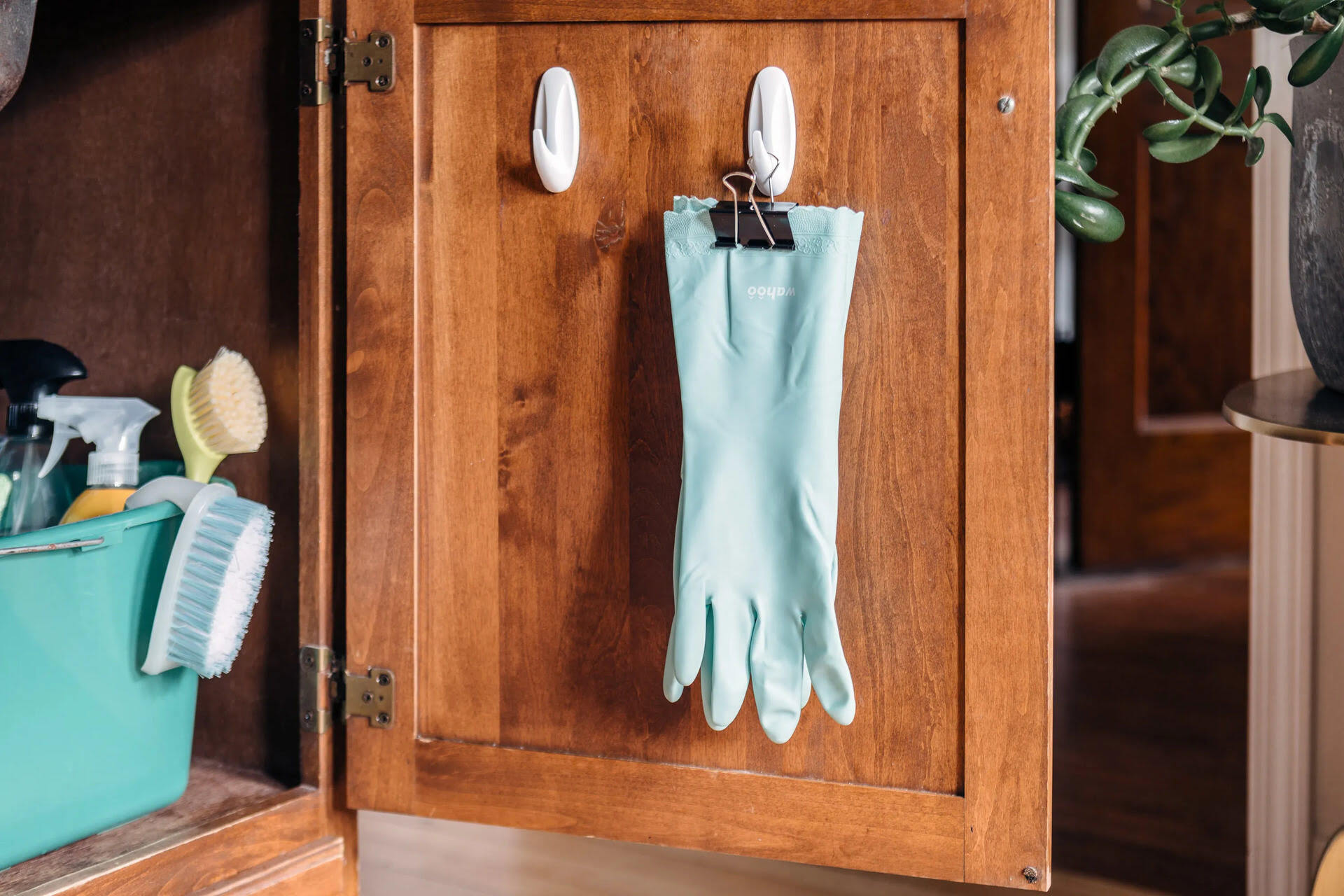

Articles
How To Store Dish Gloves
Modified: February 26, 2024
Learn the best way to store dish gloves and keep them clean and ready for use. Read our helpful articles on proper glove storage techniques and tips.
(Many of the links in this article redirect to a specific reviewed product. Your purchase of these products through affiliate links helps to generate commission for Storables.com, at no extra cost. Learn more)
Introduction
When it comes to maintaining a clean and organized kitchen, dish gloves play a crucial role. These sturdy gloves protect our hands from harsh chemicals, hot water, and rough surfaces while washing dishes. However, after each use, the question arises – how do we properly store dish gloves? Leaving them wet and strewn about can lead to unpleasant odors, rapid deterioration, and even mold growth. To ensure your dish gloves remain clean, fresh, and in good condition, it’s essential to follow proper storage techniques.
In this article, we will explore the best methods for storing dish gloves to keep them clean, dry, and ready for use. Whether you prefer hanging hooks, suction cup hooks, dish glove holders, or over-the-door storage, we will guide you through various options and provide useful tips for maintaining your gloves’ longevity.
Key Takeaways:
- Properly storing dish gloves is crucial for maintaining cleanliness and durability. Choose the right storage option, clean and dry gloves thoroughly, and implement additional tips for freshness to ensure they remain in optimal condition.
- Select a storage option that allows for proper air circulation, such as hanging hooks or suction cup hooks. Clean and dry gloves thoroughly after each use, and consider using baking soda or baby powder for odor control and freshness.
Read more: How To Store Boxing Gloves
Selecting the Right Storage Option
When it comes to storing dish gloves, it’s important to choose a storage option that allows for proper air circulation and prevents moisture buildup. Here are four popular options to consider:
- Hanging Hooks: Hanging hooks are a convenient and space-saving option. You can easily attach them to the side of your kitchen sink or cabinet. Look for hooks that are specifically designed for dish gloves and have a sturdy construction that can hold the weight of wet gloves.
- Suction Cup Hooks: Suction cup hooks are a versatile option if you prefer to store your dish gloves on the inside of your sink or on the tiles of your kitchen backsplash. Make sure to choose high-quality suction cup hooks that can securely hold the weight of the gloves.
- Dish Glove Holders: Dish glove holders are designed specifically for storing dish gloves. They often come with drainage holes to allow water to properly drain, preventing moisture buildup. Look for holders made of durable materials, such as plastic or stainless steel, that can withstand the moisture from wet gloves.
- Over-the-Door Storage: If you have limited countertop or cabinet space, consider using an over-the-door storage option. These organizers typically have multiple compartments or pockets, allowing you to store not only your dish gloves but also other kitchen essentials like sponges and scrub brushes.
Each storage option has its own advantages, so choose the one that best fits your kitchen layout, personal preference, and the number of gloves you need to store. Remember to consider the ease of access and ensure that the option you choose allows your gloves to dry thoroughly between uses.
Cleaning and Drying Dish Gloves
Properly cleaning and drying your dish gloves after each use is crucial to maintain their cleanliness and prolong their lifespan. Here are two important steps to follow:
- Washing Gloves Properly: To wash your dish gloves, fill your sink or a basin with warm water and add a mild dish soap. Gently scrub the gloves with your hands or a soft brush to remove any dirt or residue. Pay special attention to the areas that come into contact with food particles or greasy substances. Rinse the gloves thoroughly with clean water to remove any soap residue. Avoid using harsh chemicals or abrasive cleaners as they can damage the gloves’ material.
- Drying Gloves Thoroughly: After washing, it’s essential to dry your dish gloves properly to prevent bacterial growth and unpleasant odors. Start by gently squeezing out any excess water from the gloves. Then, leave them in a well-ventilated area to air dry completely. Avoid hanging them over metal rods or sharp edges that can cause tears or deformation. If you’re in a hurry and need to use the gloves soon, you can pat them dry with a clean towel, but ensure that they are completely dry before storing them to prevent moisture buildup.
By following these cleaning and drying practices, you will keep your dish gloves fresh, hygienic, and ready for use each time you tackle your dishwashing tasks.
After using dish gloves, rinse them thoroughly and hang them to dry in a well-ventilated area. Store them in a clean, dry place away from direct sunlight to prevent deterioration.
Storing Dish Gloves after Use
After cleaning and drying your dish gloves, it’s time to store them properly to maintain their cleanliness and shape. Here are three simple steps to follow:
- Shake Off Excess Water: Before storing your dish gloves, give them a gentle shake to remove any lingering water droplets. This will help prevent moisture from accumulating and promote faster drying.
- Fold Gloves Neatly: To keep your dish gloves in good shape, fold them neatly. Start by orienting the gloves so that the opening faces upward. Then, tuck the fingers and thumb of one glove into the palm of the other glove. This folding technique helps to prevent the gloves from getting entangled and maintains their shape.
- Place in Chosen Storage Option: Carefully place the folded gloves into your chosen storage option. If you’re using hanging hooks or suction cup hooks, hang the gloves by inserting the folded opening onto the hook. For dish glove holders or over-the-door storage, find a designated compartment or pocket to store the gloves. Make sure the gloves are positioned in a way that allows air circulation and prevents them from touching other surfaces.
By following these simple steps, you will keep your dish gloves clean, organized, and easily accessible for your future dishwashing endeavors.
Additional Tips and Tricks
In addition to the proper storage and cleaning techniques, there are a few extra tips and tricks to help keep your dish gloves in optimal condition. Consider the following:
- Using Baking Soda for Odor Control: Over time, dish gloves may develop unpleasant odors. To combat this, sprinkle a small amount of baking soda inside each glove before folding and storing them. Baking soda helps absorb moisture and neutralizes odors, keeping your gloves fresh and odor-free.
- Applying Baby Powder for Freshness: Another tip to keep your dish gloves smelling fresh is to sprinkle a bit of baby powder inside each glove. Baby powder helps absorb moisture and leaves a pleasant scent. Remember to pat the gloves together to distribute the powder evenly before folding and storing them.
- Avoiding Sunlight Exposure: Direct sunlight can cause your dish gloves to deteriorate faster. UV rays can weaken the material, leading to cracks, discoloration, and reduced flexibility. When storing your gloves, choose a spot away from direct sunlight or use opaque storage options to shield them from excessive light exposure.
By implementing these additional tips and tricks, you can extend the lifespan of your dish gloves and keep them fresh, smelling great, and ready to use whenever you need them.
Read more: How To Store Hats And Gloves
Conclusion
Properly storing your dish gloves is essential to maintain their cleanliness, freshness, and durability. By selecting the right storage option, cleaning and drying your gloves thoroughly, and following simple steps for storing them after use, you can keep your gloves in optimal condition and ensure they are ready for your dishwashing tasks.
Remember to choose a storage option that allows for proper air circulation, such as hanging hooks, suction cup hooks, dish glove holders, or over-the-door storage. These options help prevent moisture buildup and allow your gloves to dry thoroughly between uses.
When cleaning your dish gloves, use mild dish soap and gently scrub away any dirt or residue. Rinse them thoroughly with clean water and ensure they dry completely before storing. Proper cleaning helps maintain the gloves’ cleanliness and prevents bacterial growth.
To store your dish gloves, shake off excess water, fold them neatly, and place them in your chosen storage option. Ensure they are positioned for proper air circulation and avoid sunlight exposure, as it can accelerate wear and tear.
Lastly, consider implementing additional tips and tricks such as using baking soda for odor control and applying baby powder for freshness. These simple strategies help keep your gloves fresh and pleasant to use.
By following these guidelines and incorporating these practices into your dishwashing routine, you can ensure that your dish gloves remain in excellent condition, providing you with comfort, protection, and efficiency in your daily kitchen tasks.
Frequently Asked Questions about How To Store Dish Gloves
Was this page helpful?
At Storables.com, we guarantee accurate and reliable information. Our content, validated by Expert Board Contributors, is crafted following stringent Editorial Policies. We're committed to providing you with well-researched, expert-backed insights for all your informational needs.
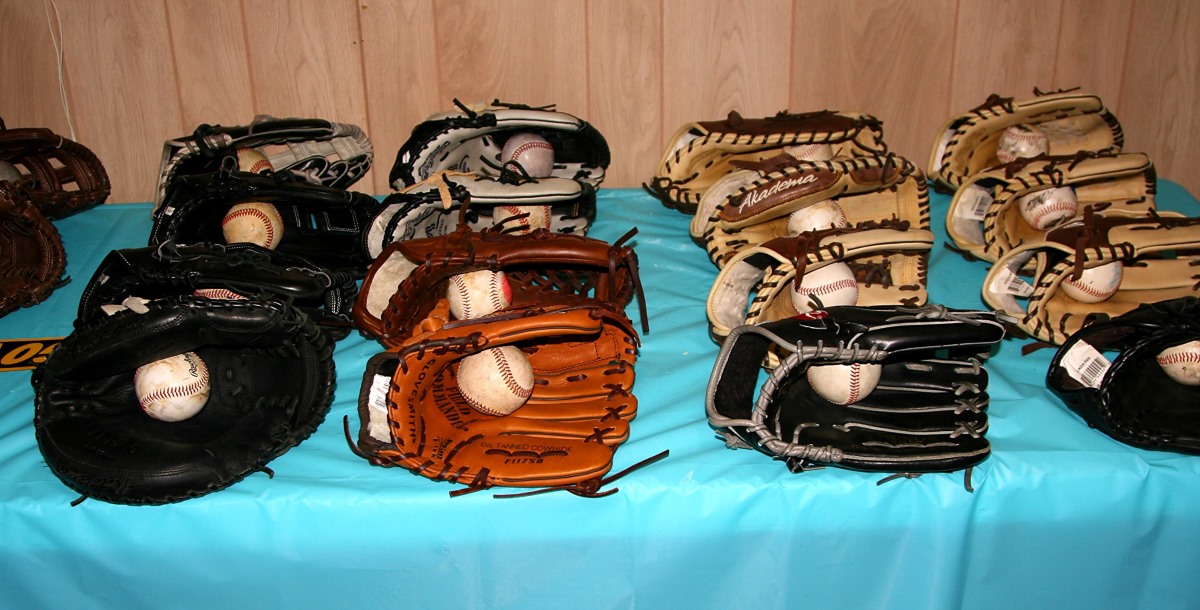
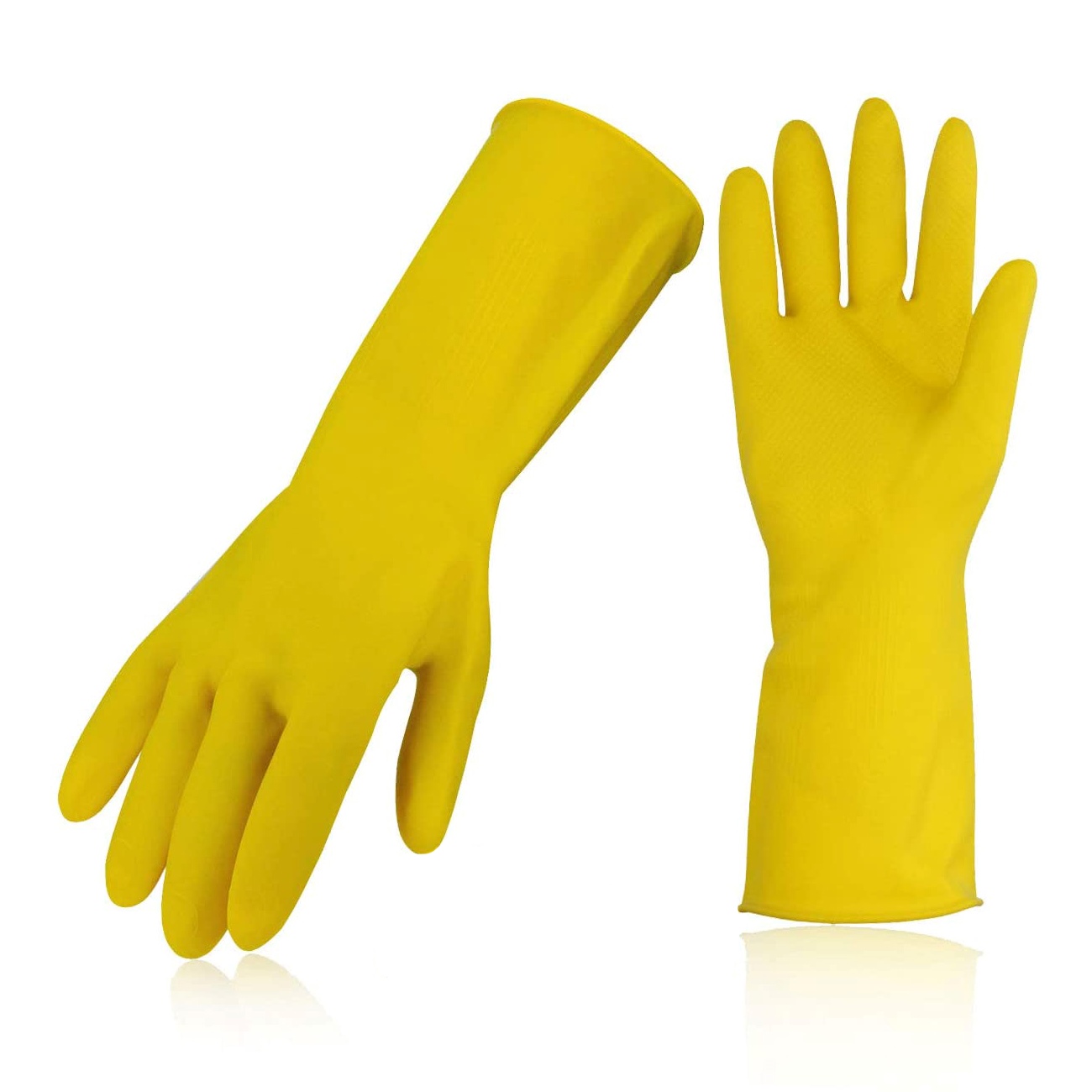
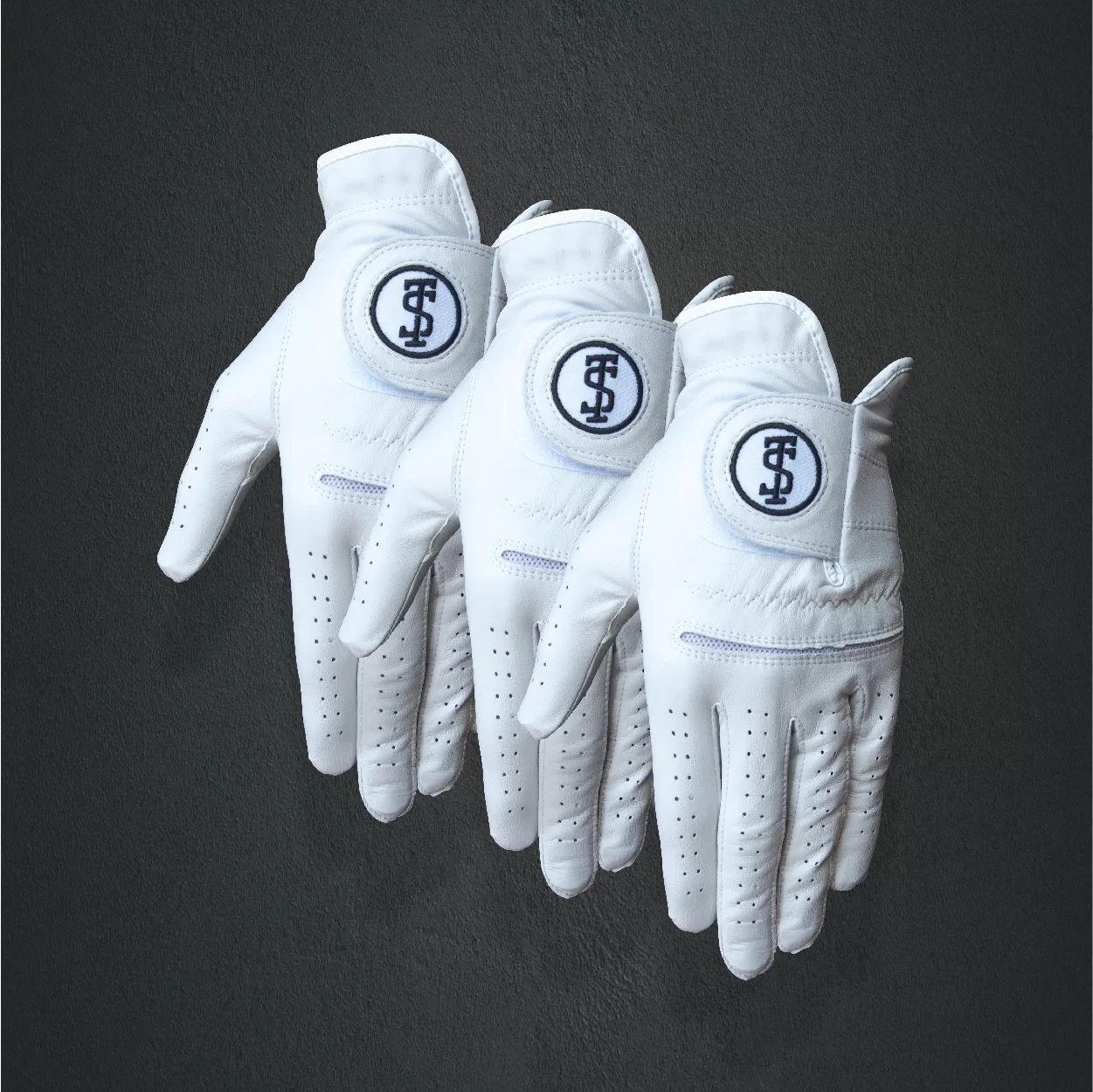
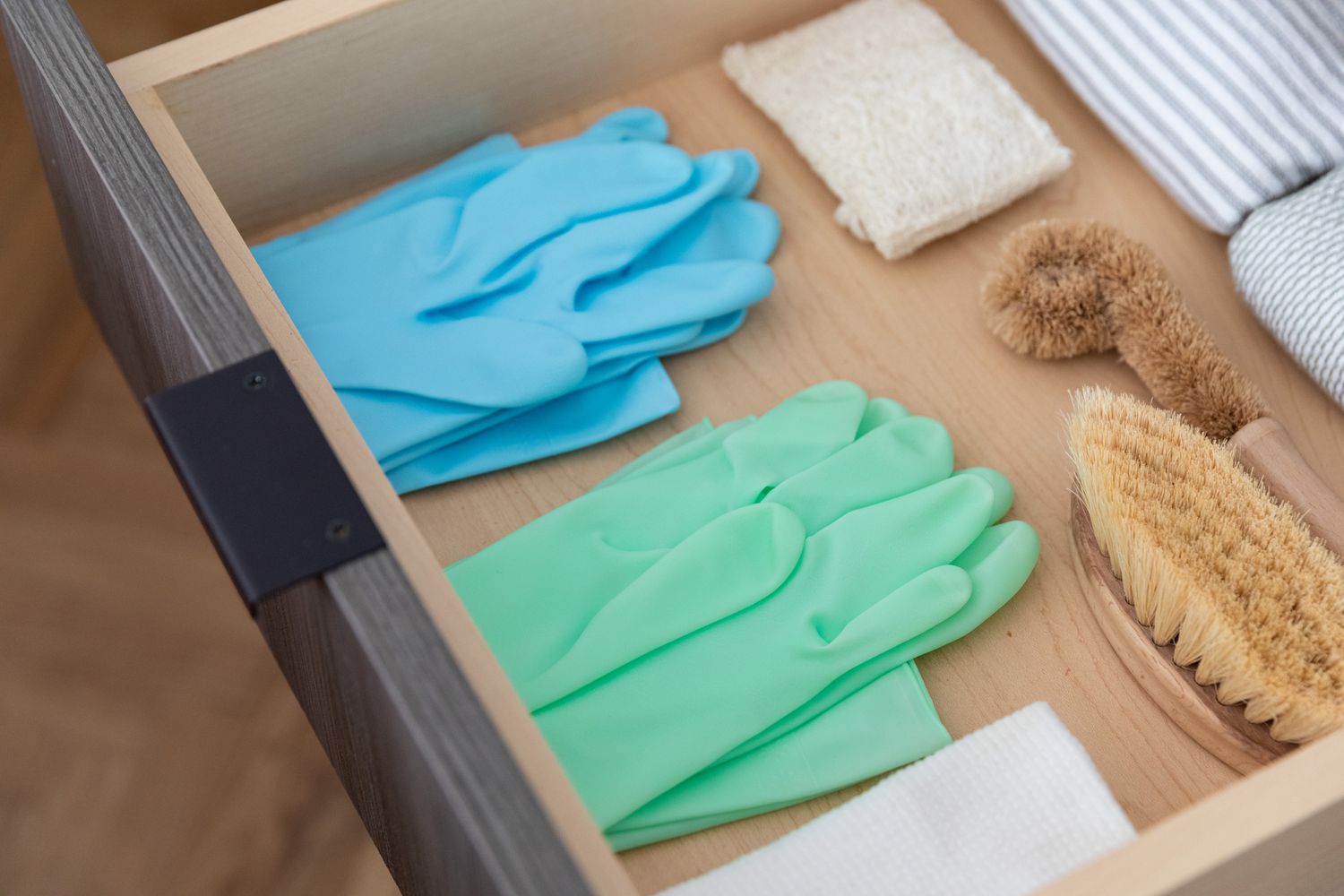
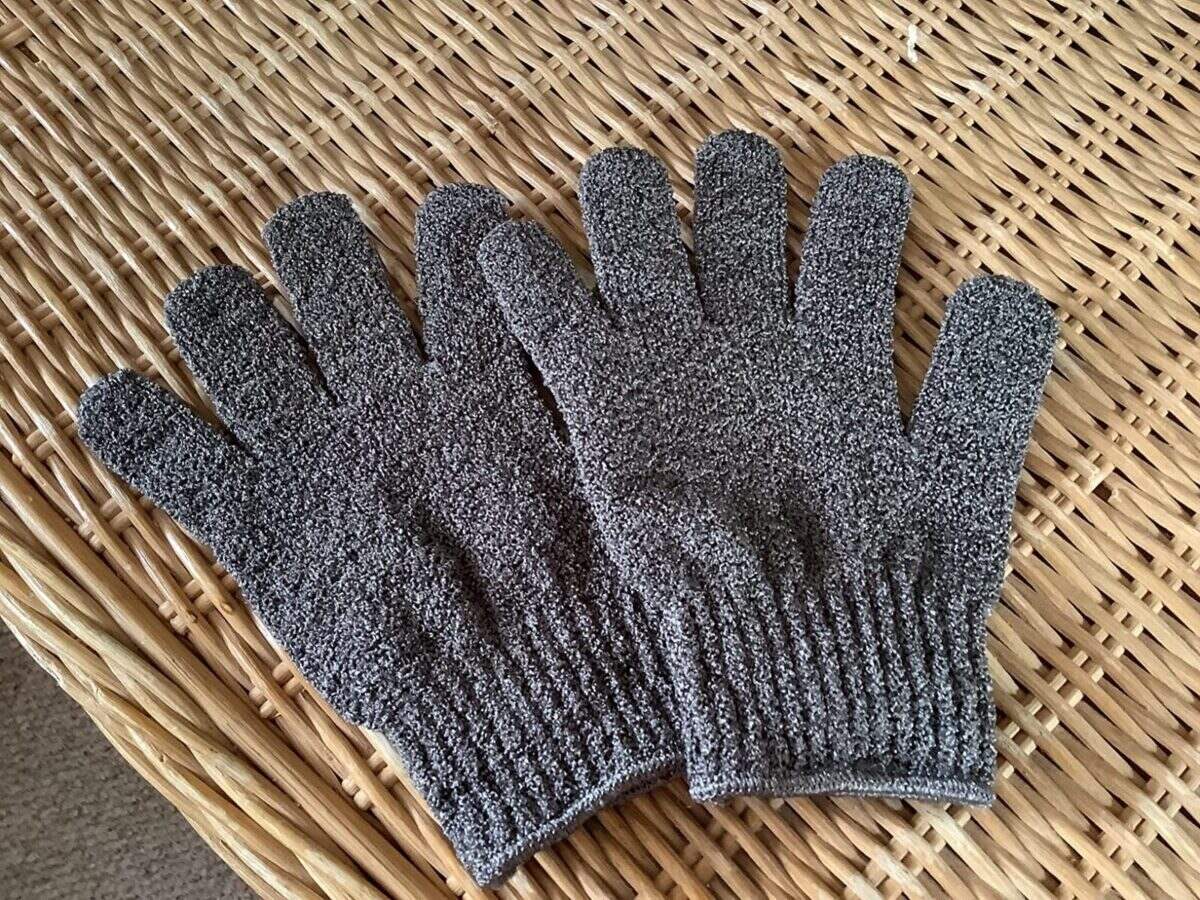
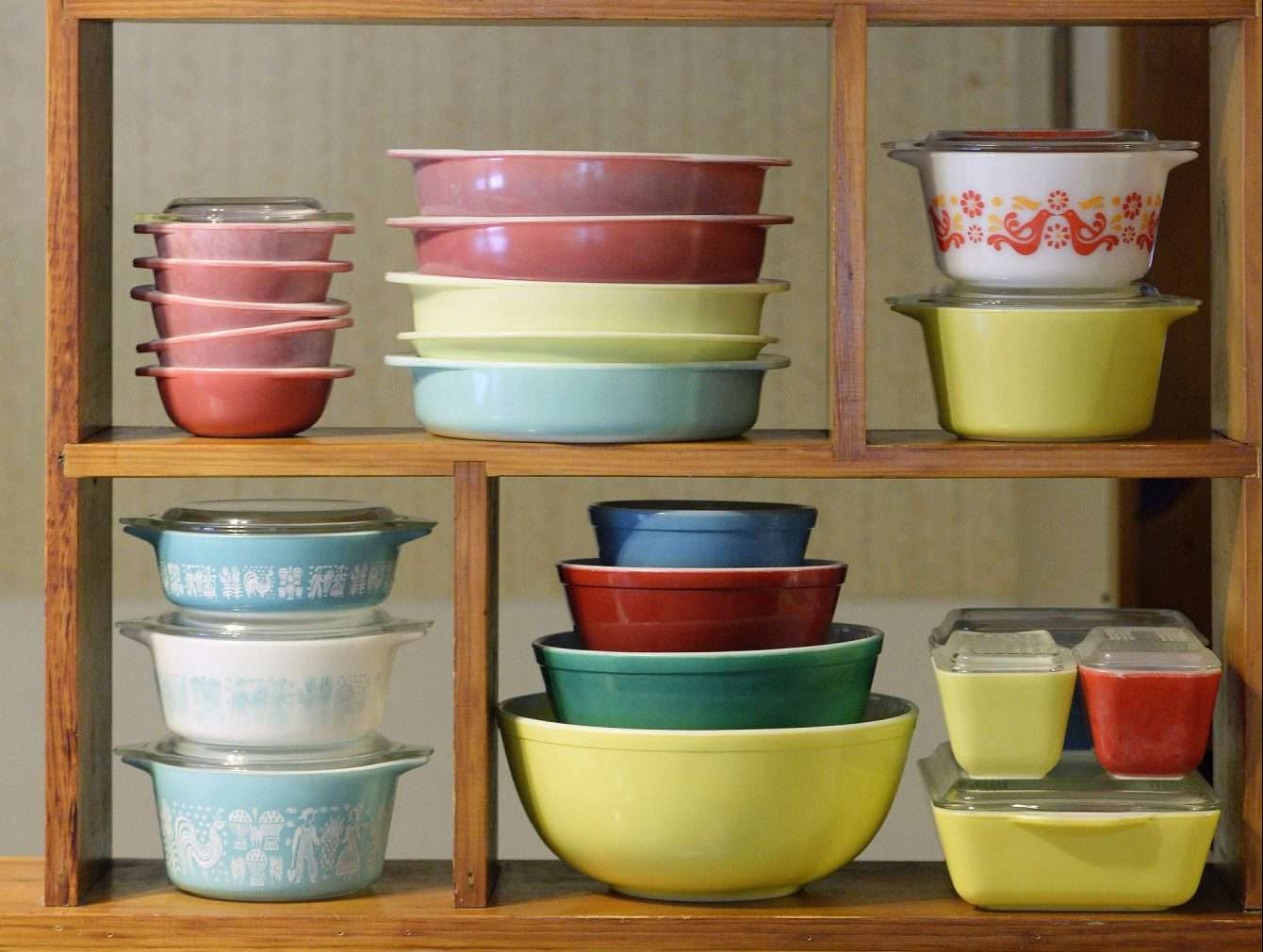
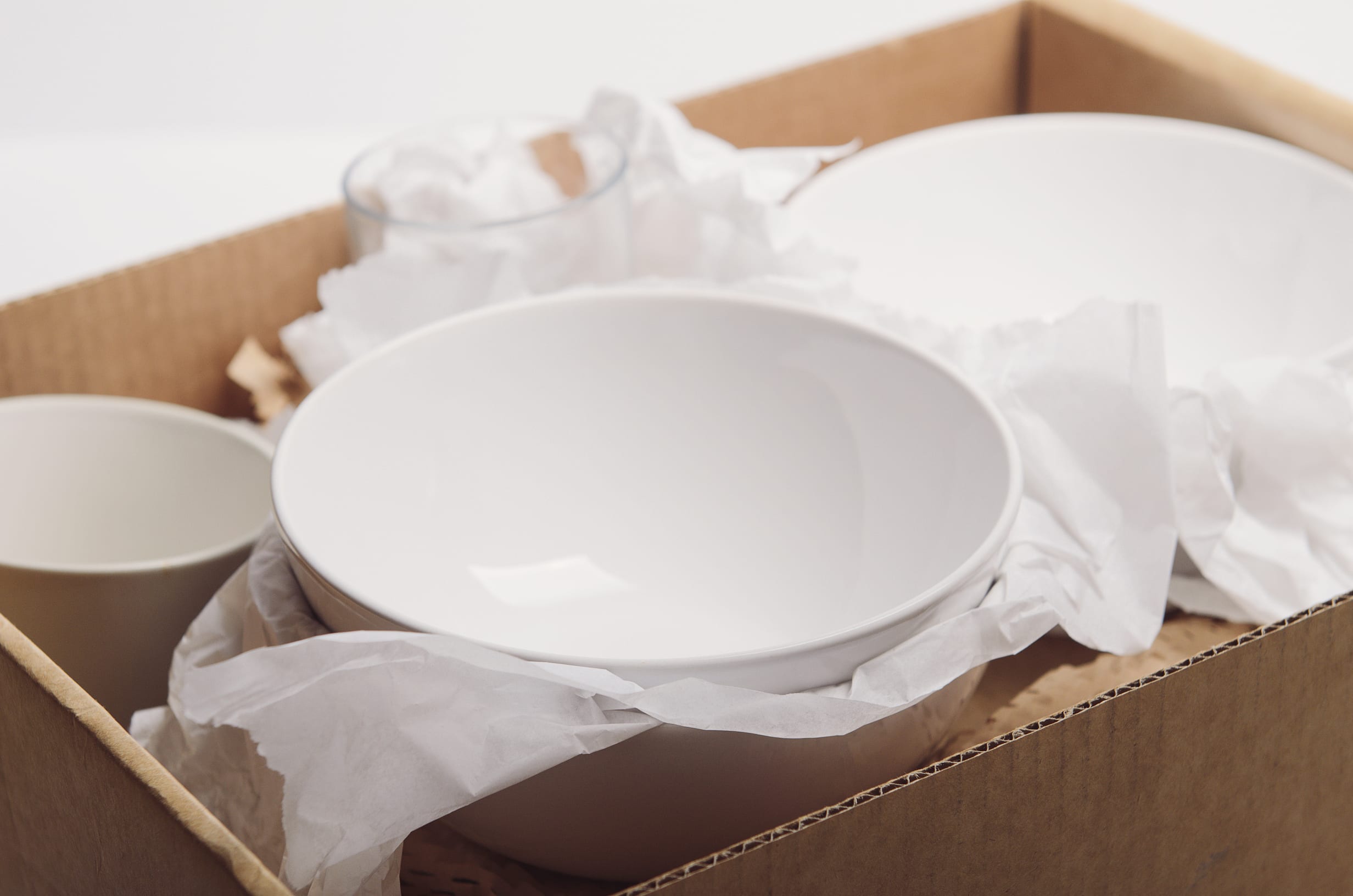
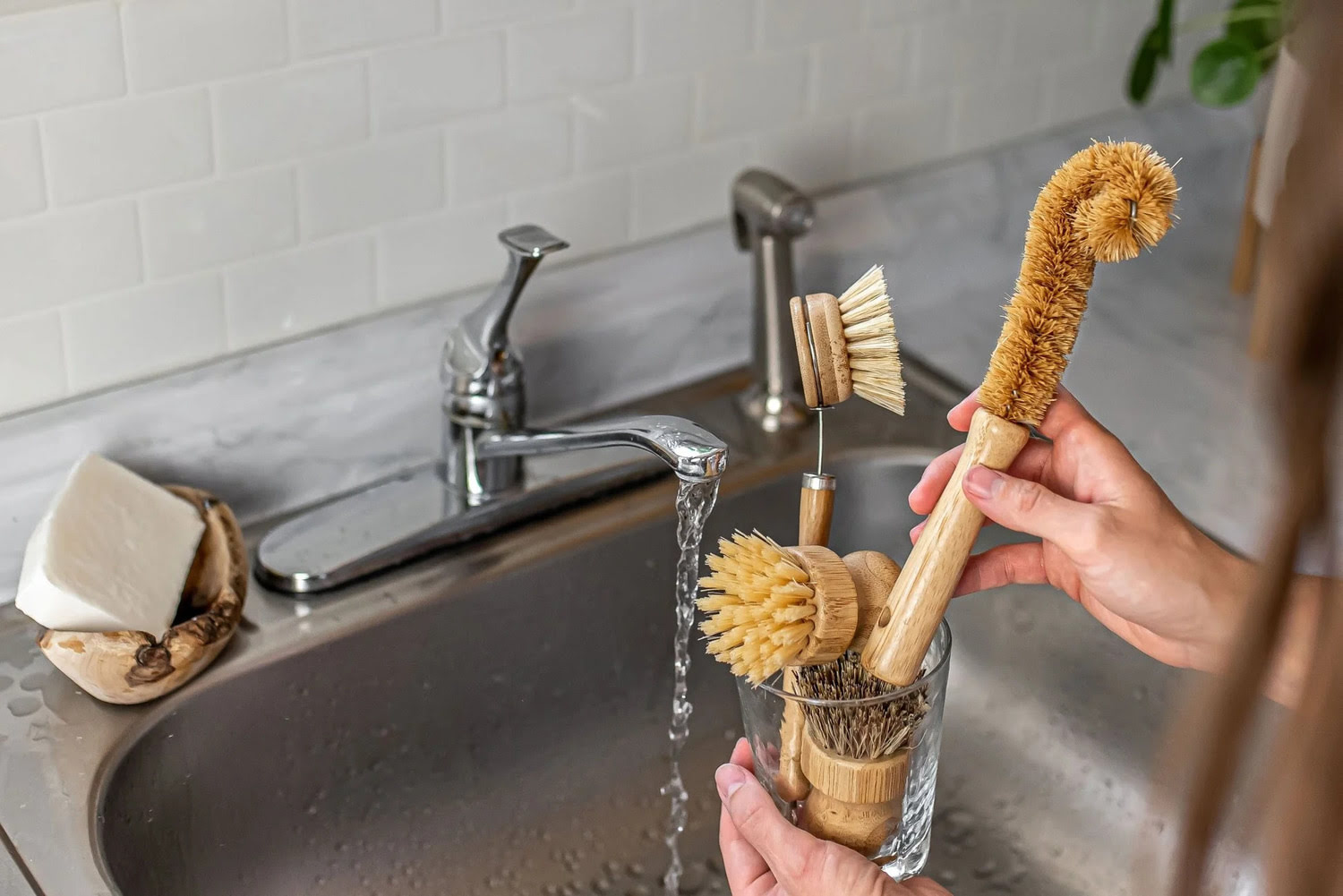
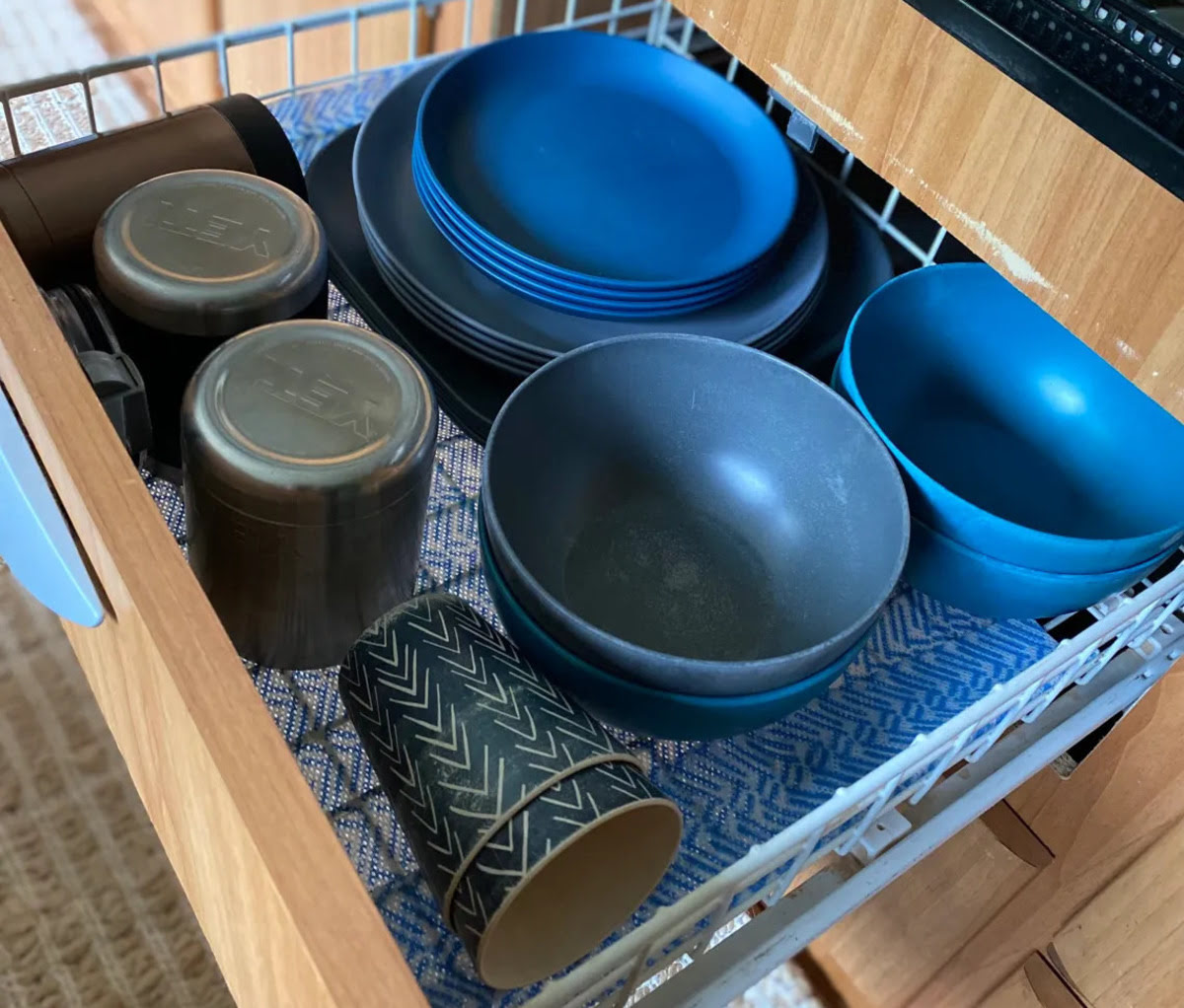
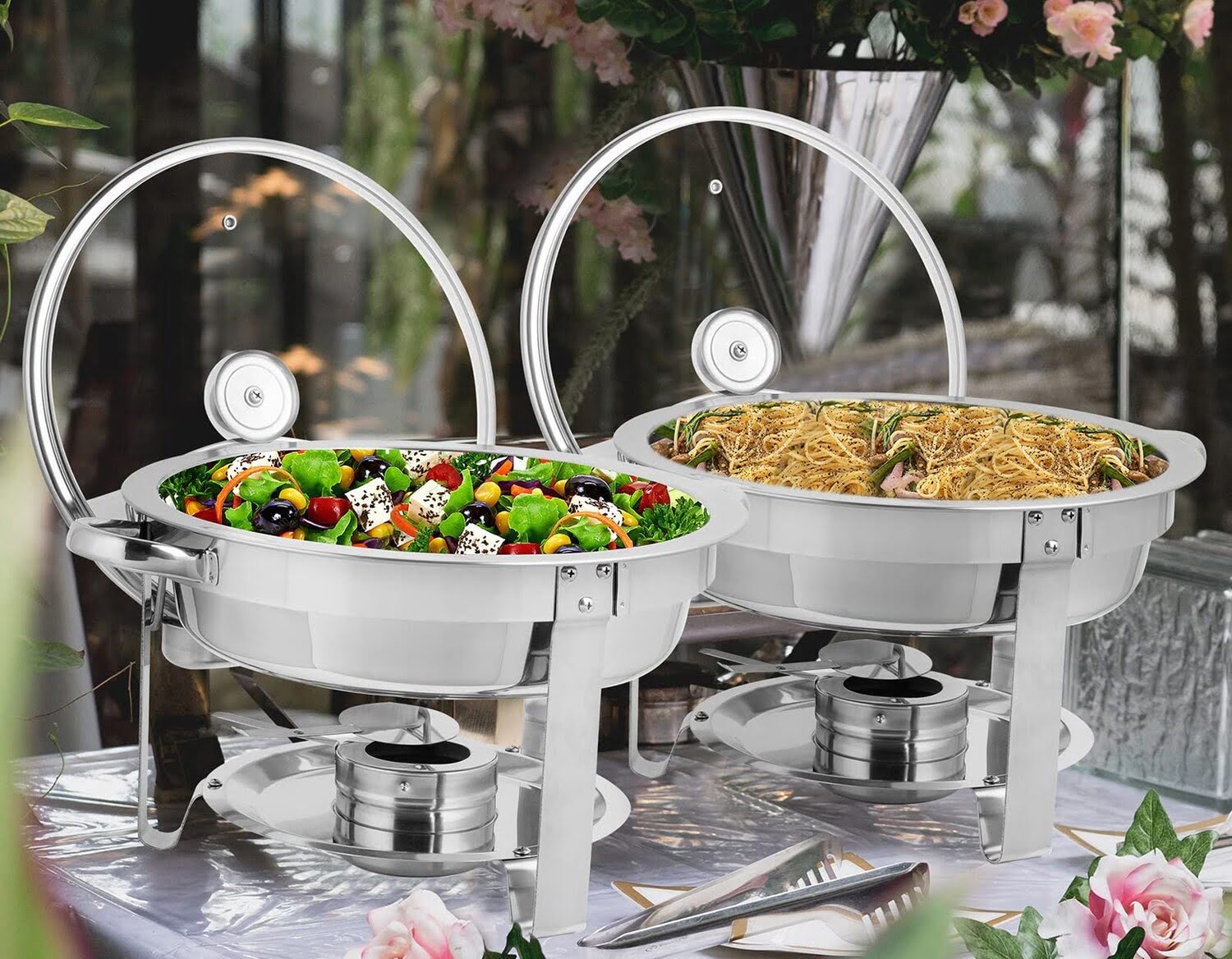
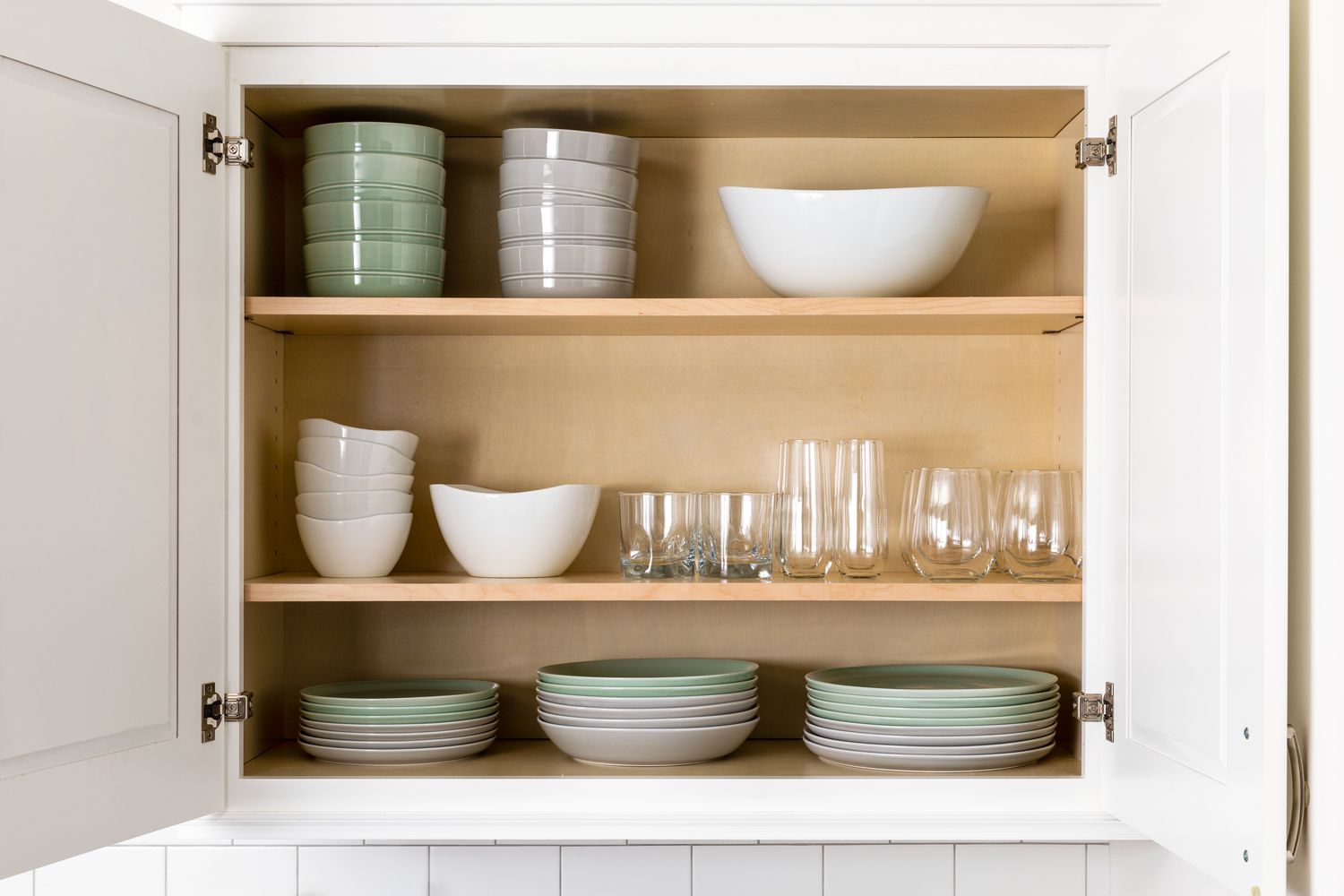
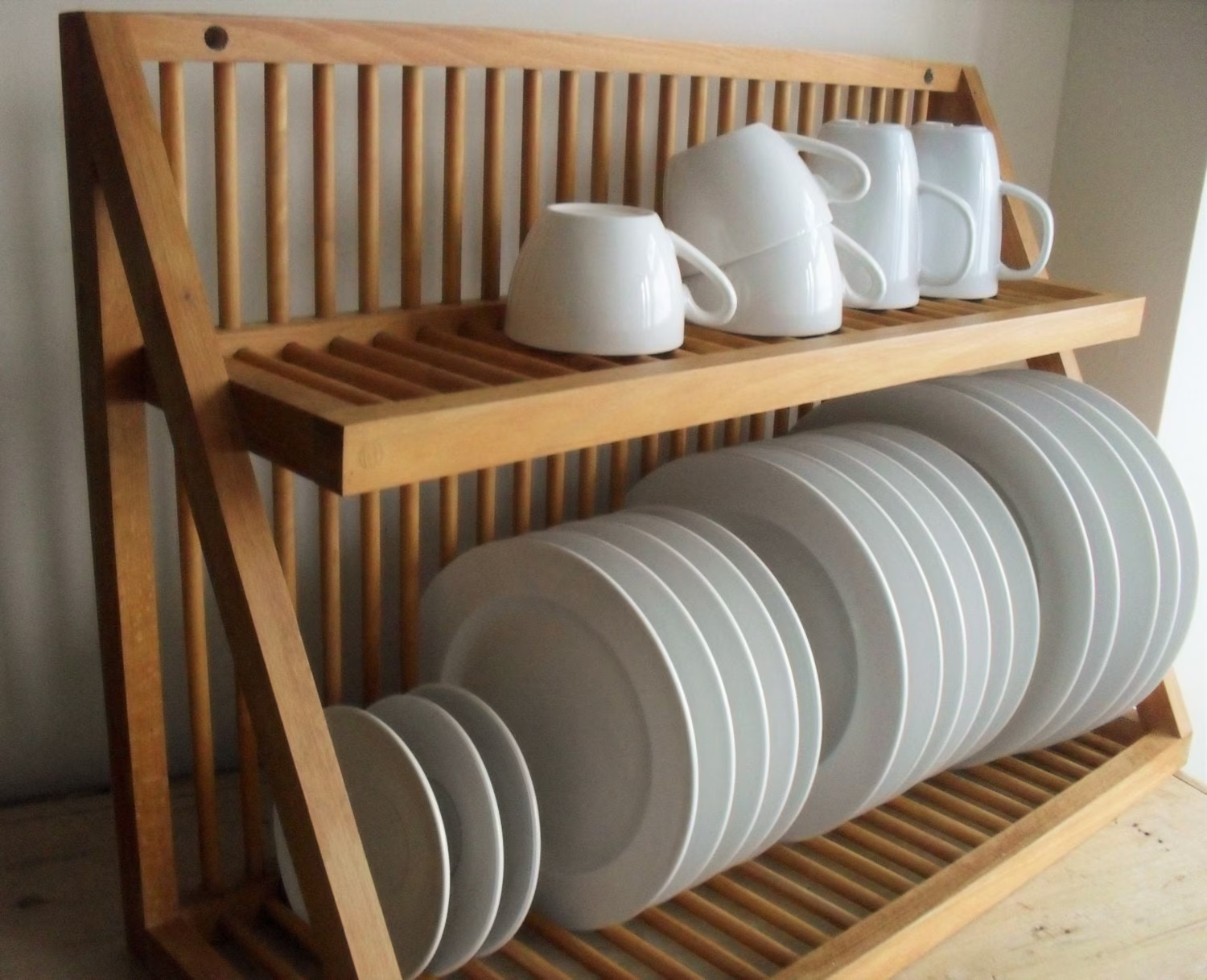
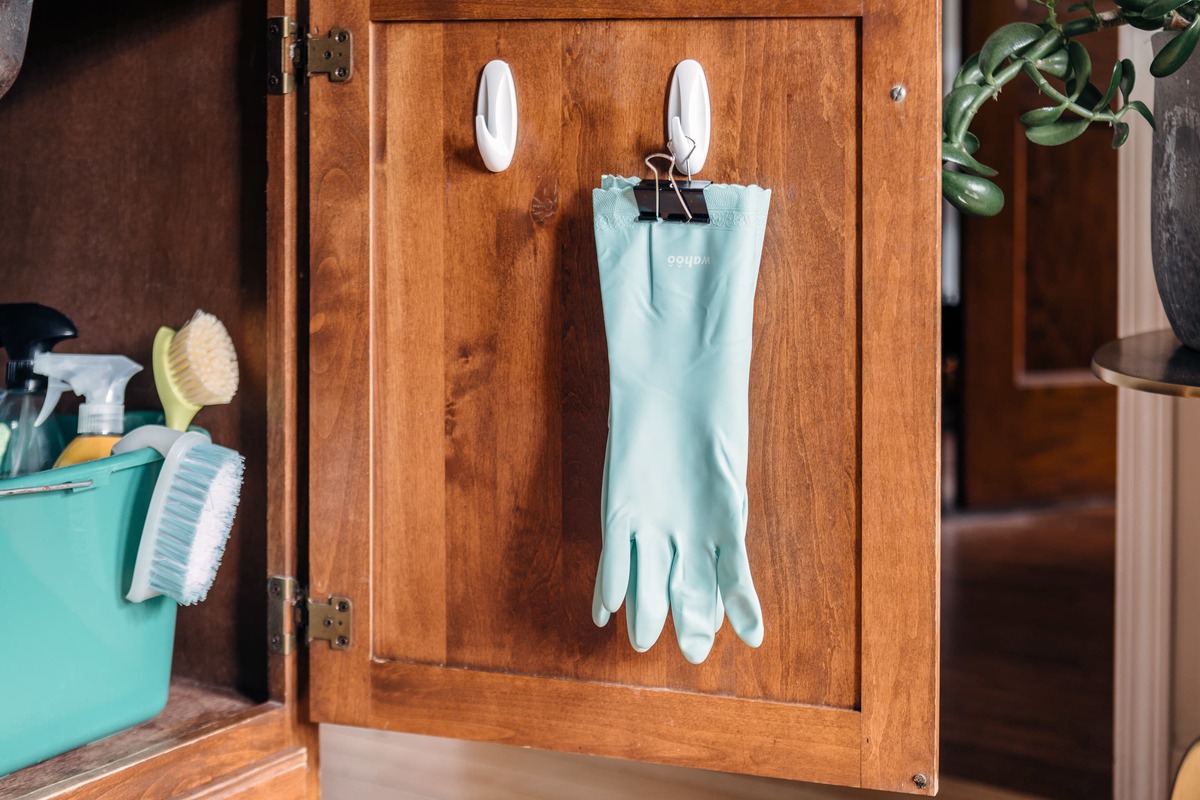
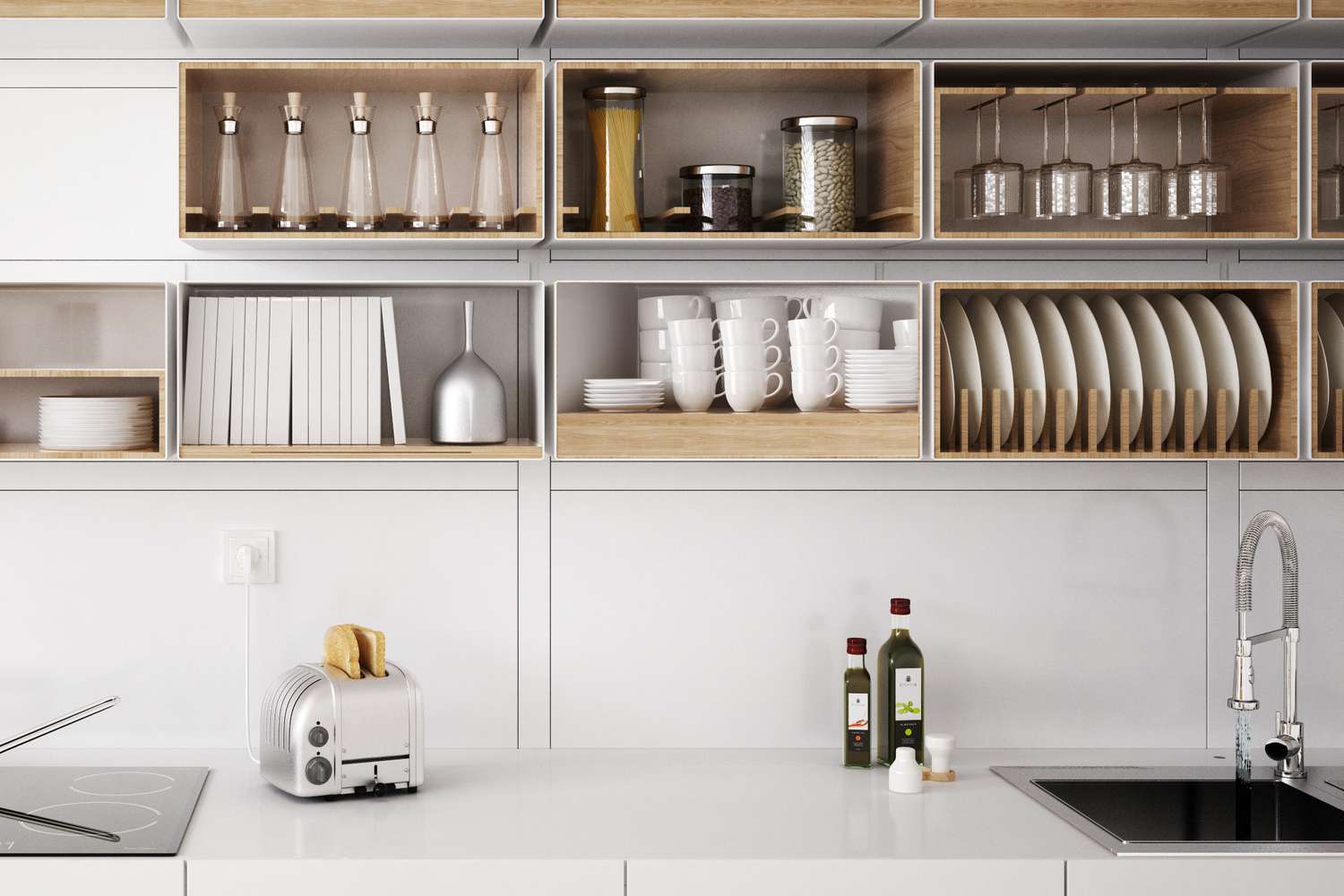

0 thoughts on “How To Store Dish Gloves”